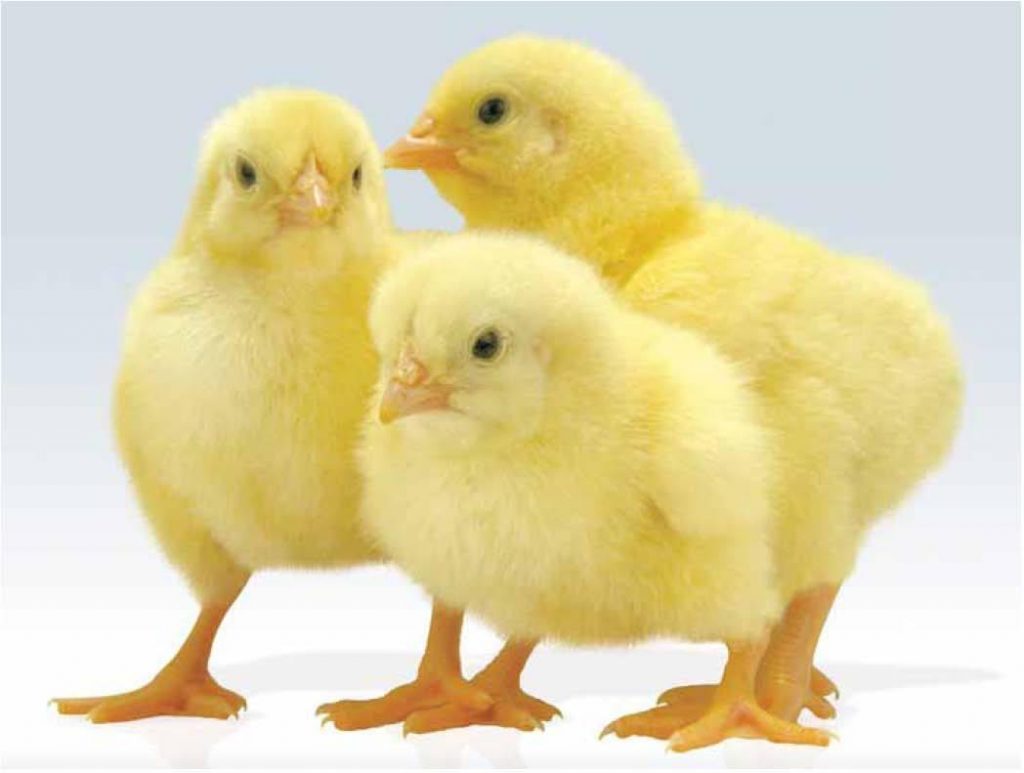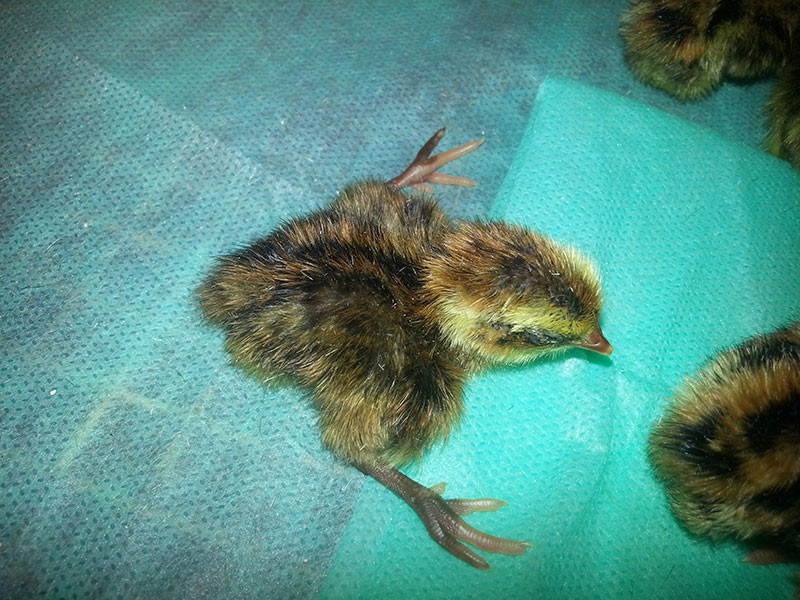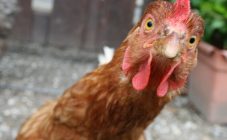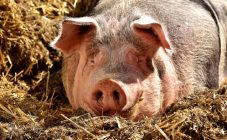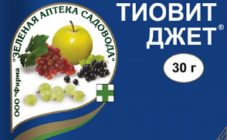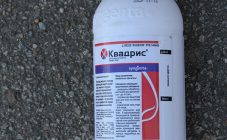Content:
Enrostin is a combined antibacterial drug based on enrofloxacin and colistin sulfate. The drug effectively fights microbes. Enrofloxacin is a compound from the group of fluoroquinols that act by slowing down the activity of gyrase; it affects DNA replication in the nucleus of bacterial cells, which leads to a slowdown in the growth and development of gram-positive and gram-negative bacteria. Enrostin instructions for use for chickens will help you choose the right dosage for the treatment of young poultry.
Description of the veterinary medicine
Enrostin is a complex drug used in the treatment of chickens, ducklings and turkey poults. The medication is intended for oral administration. Enrostin is marketed as a light yellow or yellow-brown liquid, packaged in a polymer or glass container. Also in the pharmacy you can find the drug in a plastic canister with a screw cap.
During storage, the solution may become cloudy. However, by shaking the bottle of liquid, the turbidity can be achieved.
The drug is made on the basis of:
- enrofloxacin;
- colistin sulfate;
- gasoline alcohol;
- sodium metabisulfite;
- lactic acid;
- synthanol;
- distilled water.
Enrostin for chickens is a low-toxicity medication belonging to the third hazard class. The bird's body tolerates the drug remarkably. The unique formula, balanced biochemical composition does not cause complications after the use of enrostine.
The drug does not cause:
- local toxic;
- sensitizing;
- teratogenic;
- embryotoxic effects.
It is recommended to store the bottle in a dark, dry and cool place. If you do not follow the storage rules, the drug will lose its medicinal properties and acquire a dark brown tint.
After opening the bottle, you can use enrostine for 1 month. Further use of the medication is contraindicated.
Pharmacodynamics and biochemical properties
Enrostin belongs to the group of fluoroquinols that have antimicrobial effects. An antibacterial drug promotes disruption of biochemical processes inside parasitic and microbial cells. Also, enrostine makes it possible to disrupt the metabolism of viruses and bacteria. This allows for the rapid death of dangerous parasites. The medication has a depressing effect on the growth of microbial cells.
The active ingredients help to combat pathogenic microflora in the intestines of chickens. Oral administration allows the components to be quickly absorbed through the gastrointestinal tract, to enter the circulatory system in full and to be distributed to tissues. Active substances leave the body together with feces and urine. There is no toxic effect on the internal organs of chickens.
Indications for use
Enrostin for broilers is used to treat any type of bird. The main indications for the use of a medication include the presence of:
- viral infection;
- bacterial infection of various pathogenesis;
- viral mycoplasmosis;
- salmonellosis;
- streptococcosis;
- gastrointestinal infection;
- enteritis.
The use of a medication is effective in the event of a secondary viral-bacterial infection caused by a bacterium or virus that is sensitive to the active components of enrostin.
Instructions for use for chickens
The medication should be used by the oral method once a day. The course of treatment lasts 3-5 days. The drug is diluted with drinking water.
The treatment regimen, dosage, number of doses are individually selected by the veterinarian. The independent use of enrostine in the treatment of chickens requires careful study of the instructions. It is very important to strictly adhere to the recommended dosage.
For the treatment of chickens, breeding birds and young chickens, 0.5 ml of the drug should be diluted in 1 liter of water. Leave water in an accessible place for chicks. The rest of the drink must be removed during the treatment. Day-old broilers are treated in the same way.
In the presence of a mixed viral-bacterial infection, a secondary ailment, severe forms of salmonellosis, a chronic illness of a bird, the duration of treatment is increased to 7 days.
It is unacceptable to skip taking an antibacterial drug. If for any reason this happens, it is important to resume treatment as soon as possible. The dosage of enrostine for chicks is then maintained.
When treating sick individuals who are in a common room with other poultry, everyone should be given exclusively drinking water with a medication dissolved in it.
Tips and tricks from experienced poultry farmers
When using enrostine in the treatment of chickens, it is very important to adhere to the basic safety rules that apply when working with medicines. Compliance with the rules of personal hygiene is no less important for the poultry farmer. The following are the basic rules and recommendations for working with a drug.
- The first and most important safety rule: when completing work with enrostine, you should thoroughly wash your hands in warm water with added soap.
- In situations of accidental contact with the skin or mucous membrane of the eyes, rinse the area with plenty of water as soon as possible.
- Direct contact with medication is inadmissible for people who are endowed with an increased level of sensitivity to the active components of the medication.
- In cases of an allergic reaction, you should seek medical help as soon as possible. When visiting a doctor, you should show him the instructions for using enrostine or at least the label of the medication.
- The empty container from the medication should be disposed of together with other household waste. It is unacceptable to use the bottle for domestic purposes.
- Enrostin's instructions for use for broiler chickens will help you choose the right dose and treatment regimen.
Enrostin is a real panacea for most viral infections. By following the recommended dosage, the lives of the chicks can be saved. It is very important to treat young animals in a timely manner at the first signs of an illness. You can read the dosage rate in the instructions or check with your veterinarian.
